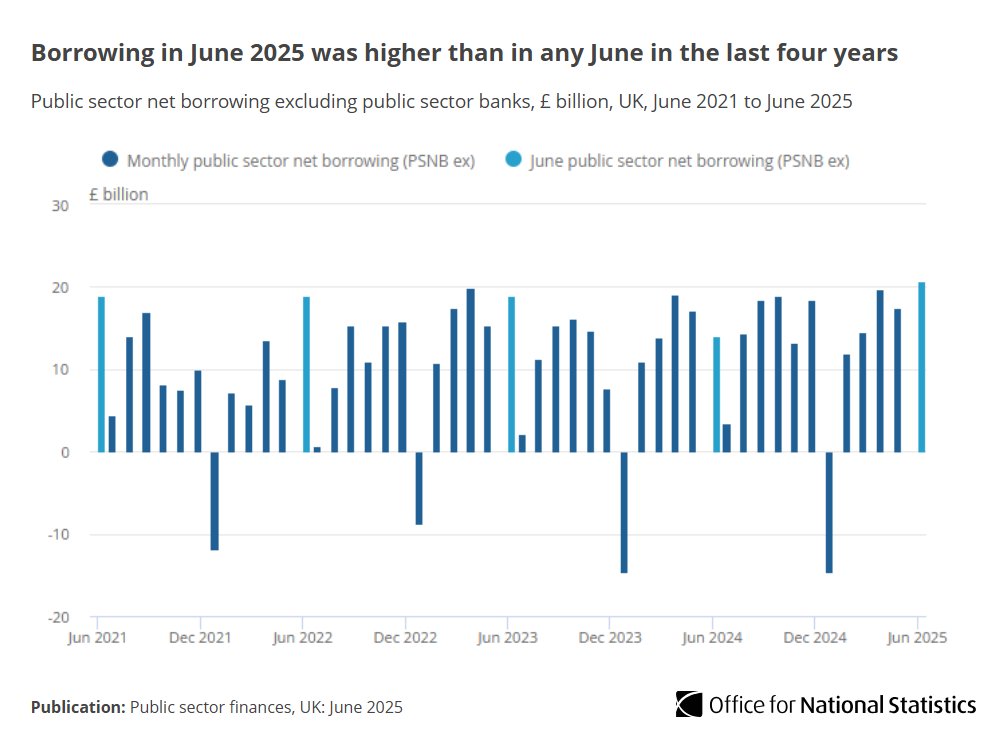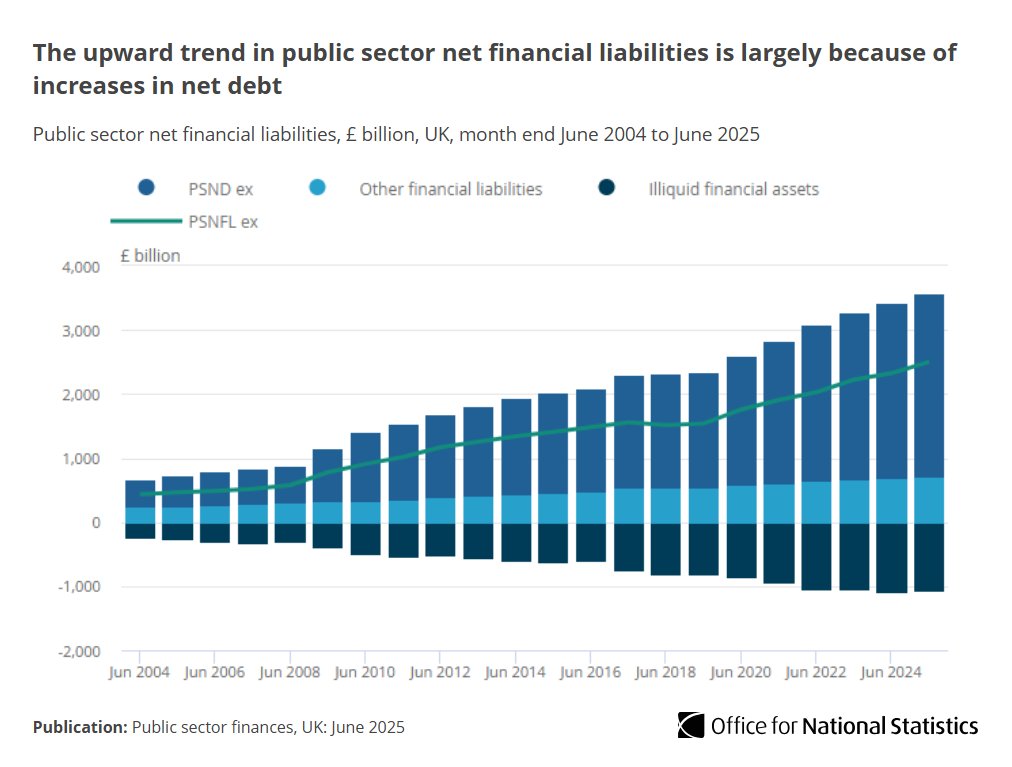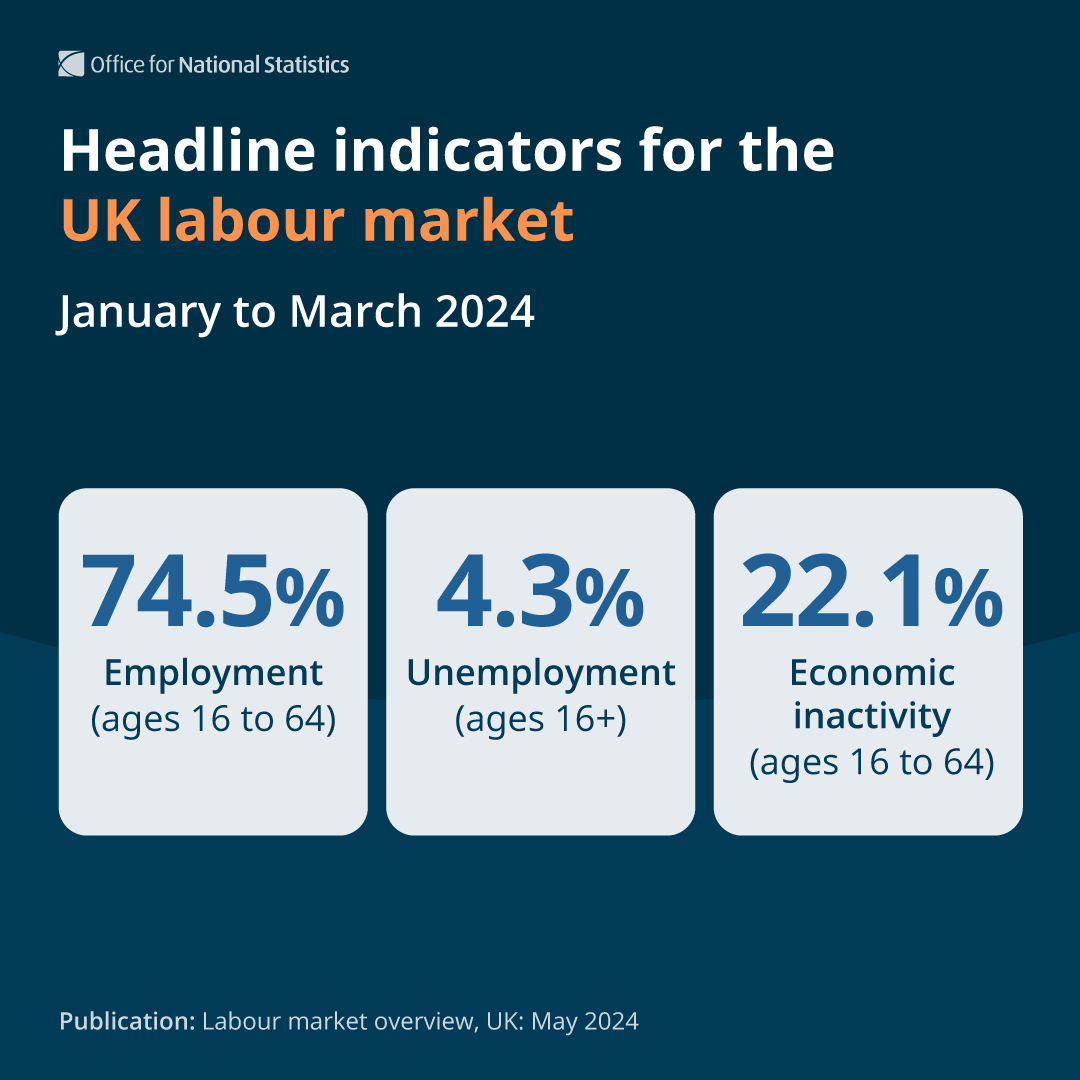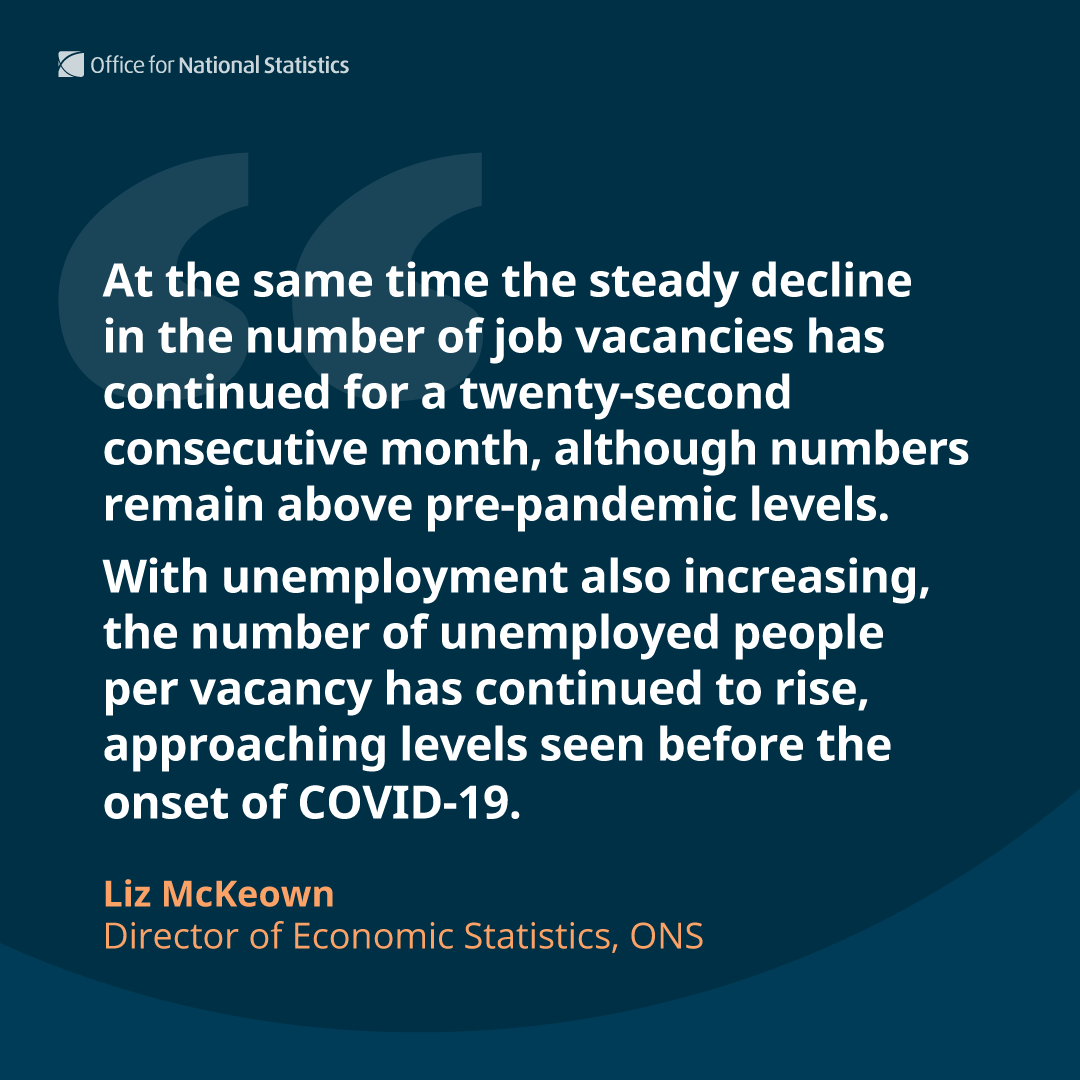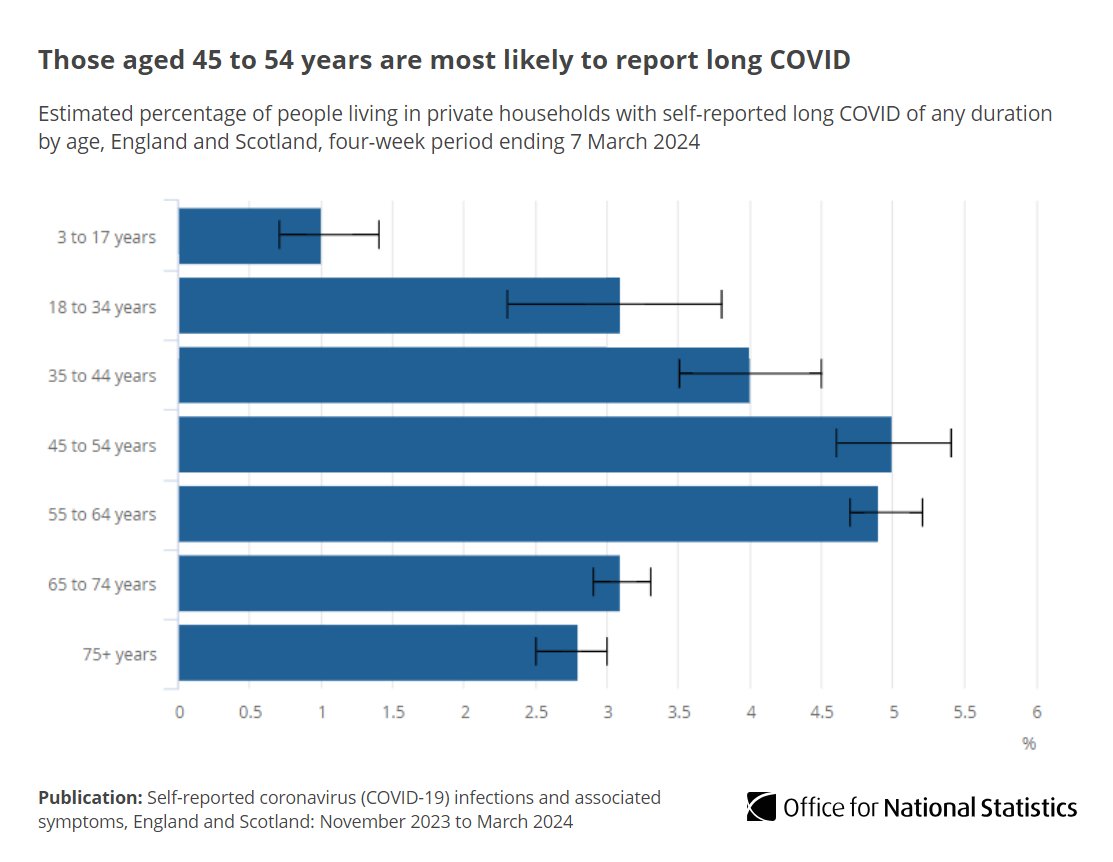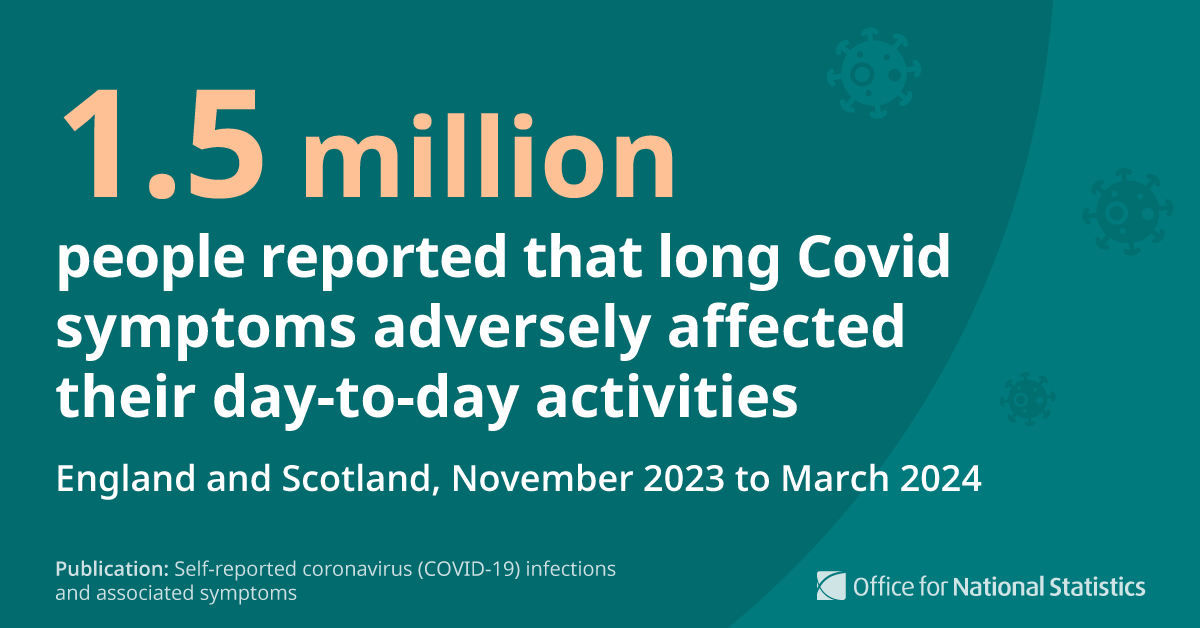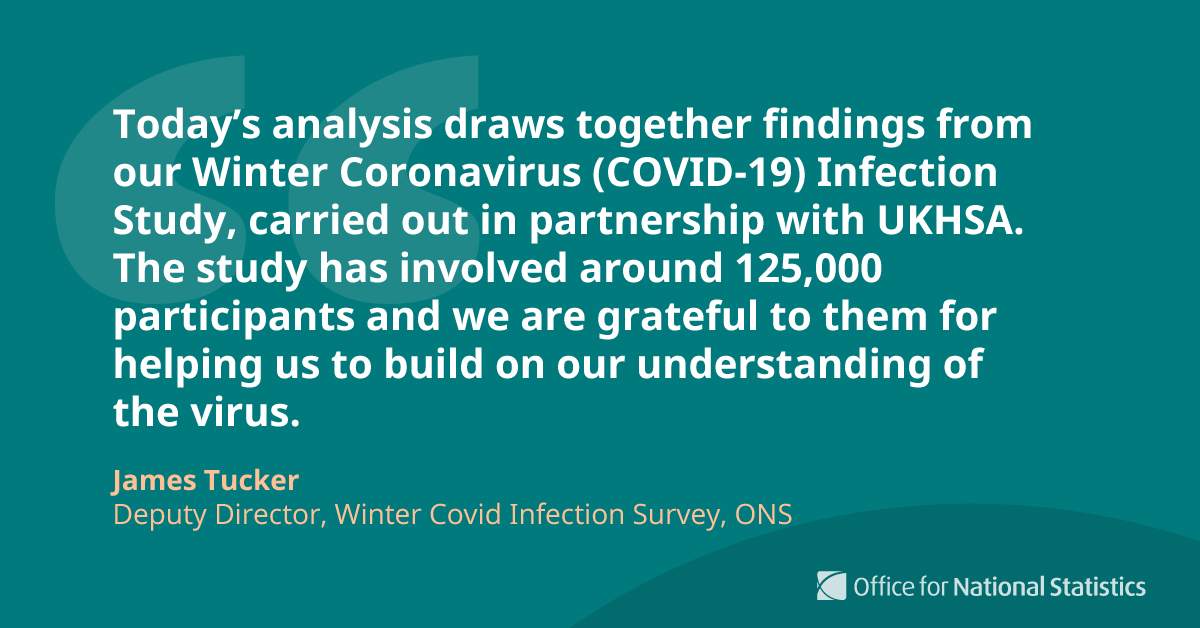Our monthly mortality analysis shows England had 3,185 deaths due to #COVID19 in November 2021 (an increase of 774 compared to October).
In Wales there were 302 deaths due to #COVID19 in November 2021 (compared with 284 deaths in October) ow.ly/T6wn50HgeWV
In Wales there were 302 deaths due to #COVID19 in November 2021 (compared with 284 deaths in October) ow.ly/T6wn50HgeWV

#COVID19 was the 3rd leading cause of death for both England and Wales in October 2021 (this is the 4th consecutive month for England and 3rd for Wales). 

Adjusting for age, November saw a significant increase in deaths due to #COVID19 in England – 69.3 deaths per 100,000 people.
There was an increase (not statistically significant) in Wales, with 106.4 COVID-19 deaths per 100,000 people.
There was an increase (not statistically significant) in Wales, with 106.4 COVID-19 deaths per 100,000 people.

The leading cause of death in England in October 2021 was dementia and Alzheimer’s disease (accounting for 11.8% of all deaths). 

The leading cause of death in Wales in October 2021 was ischaemic heart diseases (accounting for 10.7% of all deaths) ow.ly/T6wn50HgeWV 

• • •
Missing some Tweet in this thread? You can try to
force a refresh


